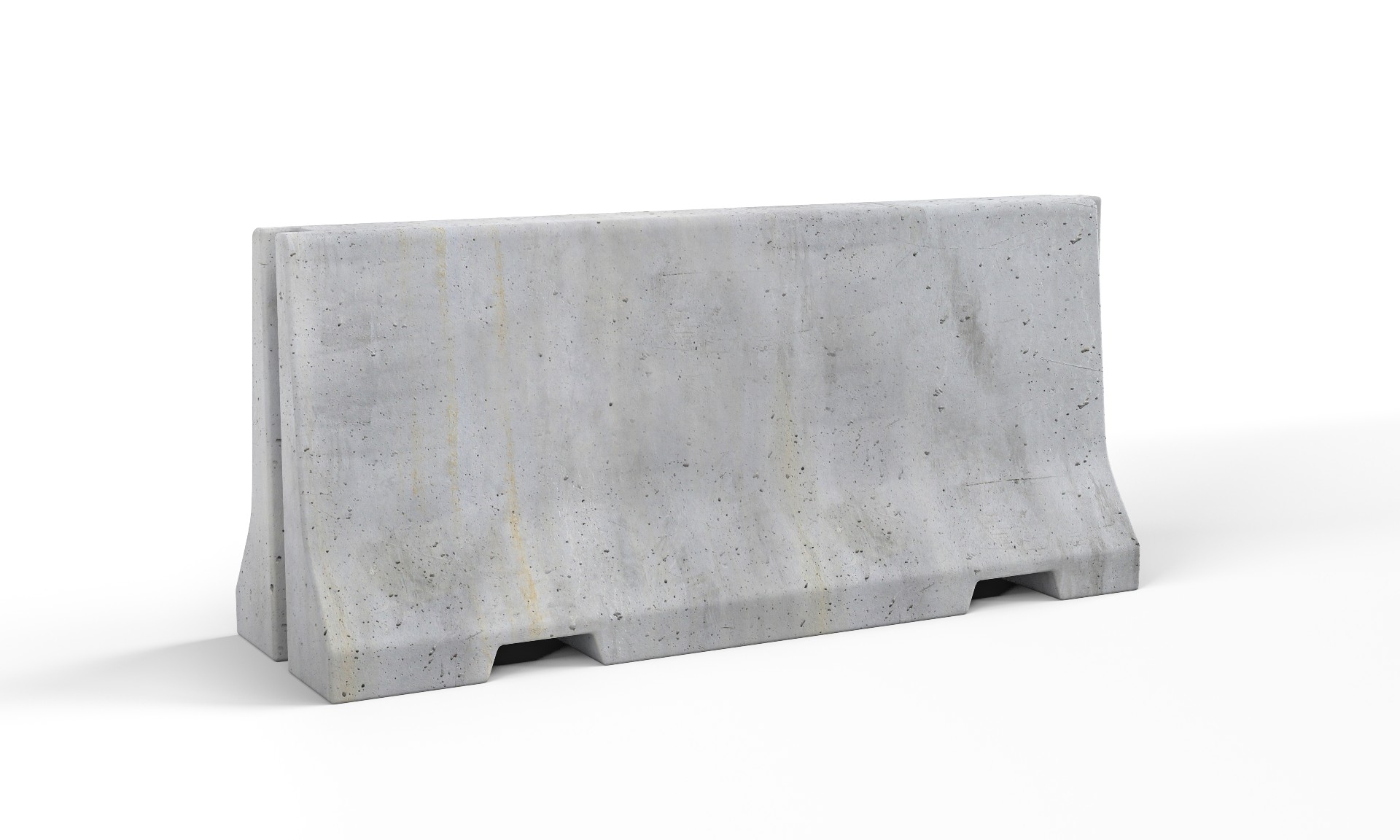The limitations and risks of using concrete barriers
As the world begins to open up and crowds return to public spaces and large events, we have gradually seen the return of one ubiquitous object: large concrete blocks or barriers arranged to protect pedestrian areas from incoming vehicles. Though they vary in shape, size and weight, the typical concrete barrier weighs 1,800 kilograms and is typically placed via a forklift, sitting unsecured and unanchored to the road. These concrete barriers have become a common sight in public places over the past several years, following a series of deadly attacks where vehicles were used to ram into crowds to cause mass casualties. The deadliest incident occurred in Nice, France in July 2016 when a lone perpetrator drove a large truck into a crowded pedestrian area during holiday celebrations. The result was 86 people killed and 434 injured. This was followed by similar attacks in Germany[1], the UK[2], Sweden[3], Spain[4], the United States[5], and Japan[6]. Whilst large crowds and public events may have disappeared for much of 2020, the threat of incoming vehicles remains and will re-emerge as the world begins, or at least plans to, open up to crowds once more. Indeed, the past 24 months has even seen expanded use of concrete barriers because of COVID-19, as they have been deployed to block off streets opened up for outdoor dining and open-air events. [7]
As ubiquitous as these concrete barriers have become, many of these barriers are being deployed without an understanding of their limitations. It may seem like common sense that an 1,800-kilogram concrete block will stop a vehicle. When actually tested, the results can be quite shocking as demonstrated by the tests carried out by the German Motor Vehicle Inspection Association (DEKRA).[8]
A false sense of security is no security at all
Simply put, it is clear that concrete barriers are being deployed and used without appropriate assessment and analysis in the vast majority of cases. This becomes clear when any sort of actual analysis is applied to understand how ineffective most concrete barrier deployments would be to an actual attack. For example, how these concrete barriers have been angled has not been considered in many cases despite the fact that the angle of impact can significantly impact how these barriers perform. The type of ground that concrete barriers are placed on can affect its performance, as can environmental factors like weather. Many of these barriers have also been placed in a manner that does not account for potential debris or displacement of the barrier if a vehicle was to impact it. As demonstrated in the DEKRA video, when a vehicle of sufficient mass and speed hits one of these barriers, they effectively transform into 1,800-kilogram projectile. Alongside the fact the vehicle will continue into the crowds behind the barrier, it is also likely that the barrier itself will severely injure and harm pedestrians as well. When provided the results of the tests, those who manufacture these concrete barriers were unsurprised. As one manufacturer put it, deploying concrete barriers to protect crowds against hostile vehicle attacks “…is a pure placebo effect.”[9]. Ultimately, the risk here is that the ubiquity of concrete barriers being used as protection against incoming hostile vehicles provides a false sense of security, and ultimately a sense of security that if tested by an actual attack, will prove to be no security at all.
Time to get serious about protection against vehicles
In the months that followed the vehicle attack in Nice, it was understandable why concrete barriers and other improvised solutions such as parked trucks were being used. Hostile vehicle attacks had suddenly been thrust into the forefront as a new attack vector that could potentially kill and injure hundreds. Organisers and owners/operators of public places and events all over the world had to quickly develop solutions and reassure the general public that measures were being taken to protect them against hostile vehicles, even if the effectiveness of these measures could not be assured. Concrete barriers were an accessible, easy to deploy and visible solution. Indeed, a concrete barrier is better than no barrier at all but perhaps not by very much.
It has been nearly five years since the attack in Nice that thrust the threat posed by hostile vehicles into the forefront. Five years is more than enough time for those responsible for the safety and security of crowds to have developed robust approaches and methods to assess potential attack vectors, and then plan and implement mitigation measures based on this assessment and analysis. The threat posed by hostile vehicles has not disappeared and remains as valid and viable of an attack vector as ever. As the world opens up again and crowds return to public places and events, we should not only expect, but insist on a more scientific approach to protecting crowds against incoming vehicles than haphazardly placed concrete barriers. One would hope that the more serious appreciation of the science behind the safety and protection of crowds we have gained in the last 24 months also brings with it the end of the ubiquitous 1800kg concrete placebo.
For further information please visit www.vardogyir.com
[1] https://www.bbc.com/news/world-europe-46561574
[2] https://www.telegraph.co.uk/news/0/westminster-nice-vehicle-rampage-attacks-uk-europe/
[3] https://www.bbc.com/news/world-europe-39552691
[4] https://www.bbc.com/news/world-europe-44890504
[5] https://www.bbc.com/news/world-us-canada-41835266
[6] https://www.news.com.au/world/pacific/nine-injured-by-car-ramming-in-tokyos-trendy-harajuku-district-on-new-years-eve/news-story/6550afa1986b396692e599763e0b4e80
[7] https://www.news10.com/news/ny-news/1-dead-1-injured-in-car-crash-into-outdoor-nyc-dining-area/
[8] Read more about the tests carried out by the German Motor Vehicle Inspection Association (DEKRA) here: https://www.dw.com/en/do-bollards-offer-protection-against-vehicle-attacks/a-43300057



